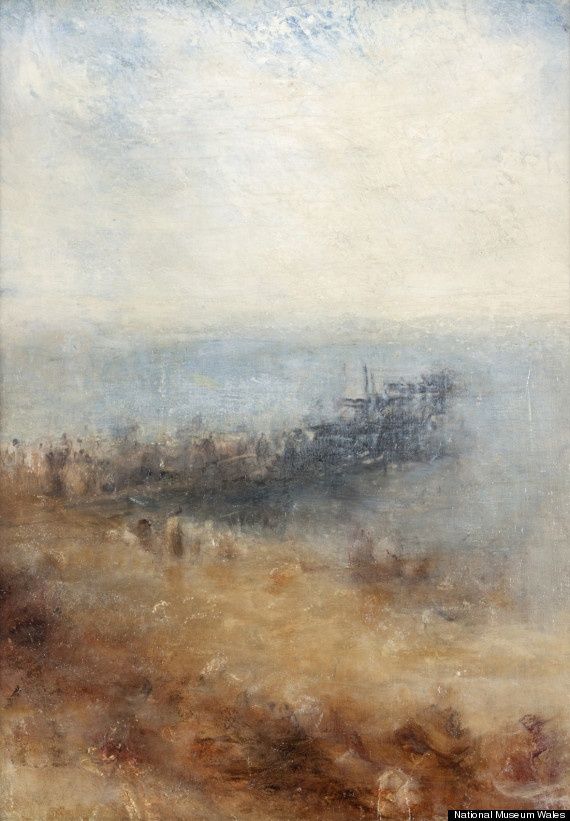It always delights me when I see that another exhibition of Master Drawings is on display, to celebrate this extraordinarily simple, yet sophisticated, diverse and direct medium.
I see that the Kunstmuseum in Basel, Switzerland, is opening a survey of 101 drawings from their huge collection in an exhibit entitled From Dürer to Gober. The earliest is apparently a 1400 silverpoint from the French/Burgundian court, where drawings of stylised, elegantly clad men and women seem almost to step from pattern books. Other silverpoints use the favourite method of the artist drawing on tinted grounds, which allows a wonderful play of highlights done in white gouache - often a perfect way to get rhythms going in the drawing and basically have some fun. On the Kunstmuseum's website's main page, the silverpoint portrait on green-turquoise ground has the most wonderful fur hat mostly done in white gouache. I can really relate to this white gouache highlighting - it is occasionally hugely satisfying to use when drawing in silverpoint!
The Heads of the Virgin and Child, by Raphael, ca. 1502, silverpoint on warm white prepared paper, 10 x 7. (Image courtesy of The Trustees of the British Museum, London
Standing Woman,1460-69, by Fra Filippino Lippi. (Image courtesy of The Trustees of the British Museum, London)
Another important Master Drawing exhibition is now also on display at the National Gallery of Art in Washington, DC. From Renaissance to Revolution: French Drawings from the National Gallery of Art, 1500-1800. 120 drawings done by French artists and foreign artists working in France - what a feast for the eyes! Great, well-known artists, but apparently, also less-known ones, so it means that there is a richness and depth that will reward any lucky visitor to the show. I was fascinated to see that the earliest work is done about 1500 and that it is a landscape done in watercolour, of all media. "The Coronation of Solomon by the Spring of Gihon", it was done by the miniaturist Jean Poyet, who worked for Anne of Brittany, Queen of France.
I remember, not so long ago, when it was very unusual to find an exhibition of drawings, let alone Master Drawings. Now that the Drawing Center and other such institutions exist, and that both the public and artists themselves are appreciating much more the intrinsic interest and beauty of drawings, in all their diversity, there are so many more opportunities to see drawings displayed. It used to be that The Morgan and the Metropolitan Museum in New York, the Getty, the Louvre, the British Museum and others in European capitals were the bastions of such shows. Now, that has changed. A list in a spring 2009 issue of the Berkshire Review for the Arts is eloquent - lots of drawings on which people could feast their eyes earlier this year.
Vive le dessin!






